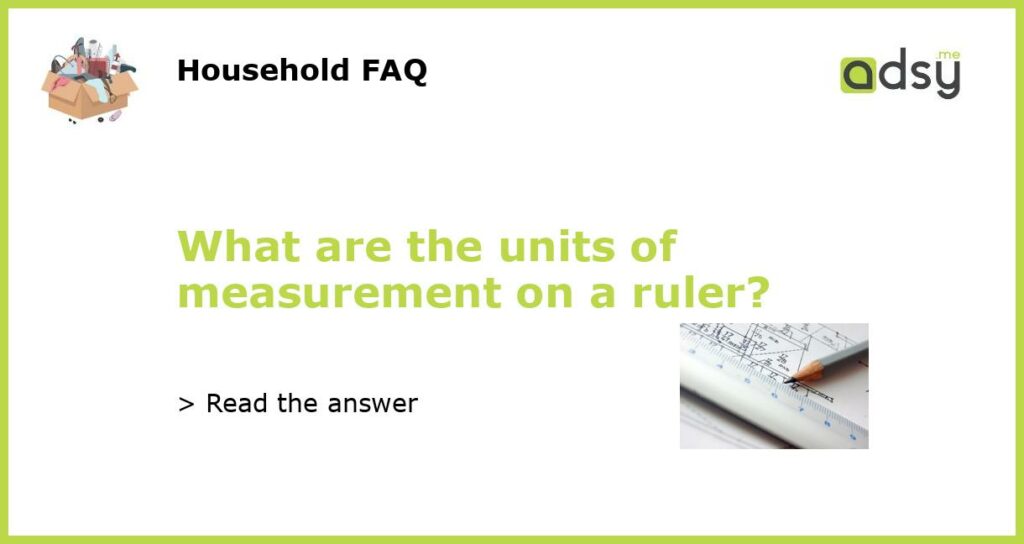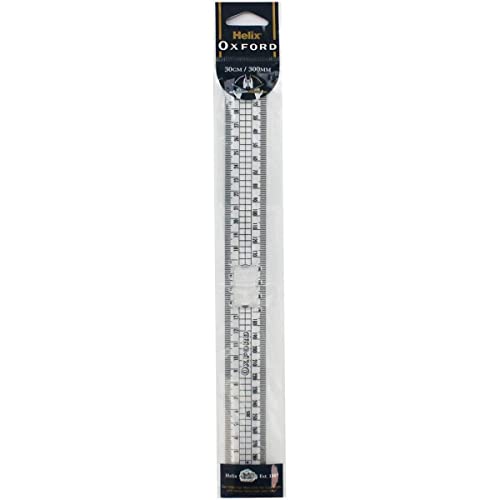What are the units of measurement on a ruler?
A ruler is a common tool used for measuring length or distance. It is marked with units that help determine the size or dimensions of an object. In the past, rulers were made from various materials such as wood, bone, or metal, but nowadays, plastic rulers are more commonly used. These units of measurement on a ruler are standardized and can differ depending on the country or region. Let’s take a closer look at the units typically found on a ruler.
Inches and fractions
The most common unit of measurement found on rulers is the inch. In the United States, the inch is the most widely used unit of length. Inches are divided into smaller fractions to provide more precise measurements. The most common fractions found on rulers are 1/2, 1/4, 1/8, and 1/16 of an inch. These fractions allow for accurate measurements in a wide range of applications.
Centimeters and millimeters
In many countries, including most of Europe, the metric system is used for measuring length. A ruler designed for metric measurements typically includes centimeters and millimeters. One centimeter is equal to 0.01 meters, and it is further subdivided into 10 millimeters. This system allows for easy conversion between units and provides precise measurements in smaller increments.
Points and picas
In graphic design and printing, rulers with additional units of measurement may be used. The point system is commonly used to measure font sizes. One point is equal to 1/72 of an inch. This unit allows designers to accurately set the size of text and other elements in print. Picas, on the other hand, are used to measure column widths in publishing. One pica is equal to 12 points or 1/6 of an inch.
Dots per inch
When it comes to digital images and printing, the resolution is an important factor. Density of dots per inch (DPI) or pixels per inch (PPI) is used to measure the clarity and sharpness of an image. Rulers designed for this purpose often include a scale that indicates the number of pixels or dots per inch. Higher DPI or PPI values generally result in higher-quality images, while lower values can produce more pixelated or blurry images.






